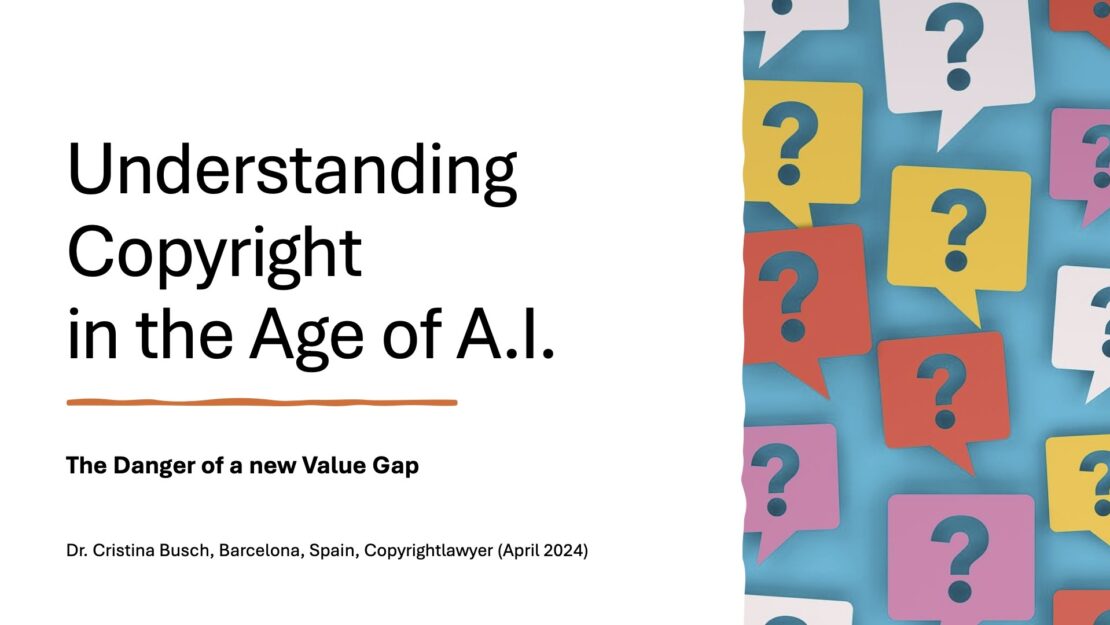The New Frontier of Digital Imagery
Understanding Copyright in the Age of AI

Traditional copyright law was designed to protect human creativity. When a photographer captures an image or an artist creates a painting, copyright protection is automatic upon creation. However, AI-generated content challenges this framework because the primary creator is an algorithm rather than a human being.
Current copyright guidelines in most jurisdictions, including the United States Copyright Office, maintain that works created by non-humans without significant human creative input cannot be copyrighted. This means that the AI-generated images themselves typically exist in a copyright-free space. However, the platform hosting these images, like AI-1.art, may have specific terms of service that govern how these images can be used.
The AI-1.art Approach to Copyright
Platforms like AI-1.art have developed innovative approaches to navigate this legal gray area. Rather than claiming copyright on the AI-generated images themselves, these platforms typically focus on the rights associated with their service and the specific outputs delivered to users.
Key Point: While the AI-generated images may not be subject to traditional copyright, platforms establish usage rights through their terms of service, which function as a legal agreement between the platform and the user.
Most reputable AI image platforms, including AI-1.art, grant users broad commercial rights to the images they generate. This typically includes the right to use, modify, and distribute the images for personal and commercial purposes without requiring attribution. This approach effectively creates a “copyright-free” experience for users while maintaining the platform’s business model.
Practical Implications for Content Creators
For professionals who rely on visual content, understanding the copyright status of AI-generated images is essential for risk management and legal compliance. Here’s what you need to know:
- Commercial Use: Most AI platforms allow commercial use of generated images, but it’s crucial to verify the specific terms of service for each platform you use.
- Modification Rights: Users typically have the right to modify AI-generated images to suit their needs, creating derivative works without legal restrictions.
- Redistribution: While you can use AI images in your projects, some platforms may restrict the redistribution of raw, unmodified AI images as stock photography.
- Model Releases: For images containing recognizable people, ensure the platform provides model releases or guarantees that faces are either fictional or properly licensed.
Best Practices for Using AI-Generated Images
To navigate the world of AI-generated imagery safely and effectively, consider these best practices:
Document Your Sources: Keep records of which images came from AI platforms and under what terms. This documentation can be invaluable if copyright questions arise later.
Review Platform Terms Regularly: As AI technology and copyright law evolve, platform terms of service may change. Make it a habit to review these terms periodically.
Consider Trademark Issues: While copyright may not apply, be cautious about generating images that include trademarked logos, characters, or products.
Add Significant Human Creativity: If you modify AI-generated images substantially with your own creative input, you may be able to claim copyright on the resulting derivative work.
The Future of AI Image Copyright

The legal landscape surrounding AI-generated content is still developing. Courts and legislators worldwide are grappling with how to apply existing copyright frameworks to AI creations and whether new regulations are needed.
Some potential developments on the horizon include:
- New copyright categories specifically for AI-generated works
- Clarification on the copyright status of AI training data
- International standards for AI content ownership
- Specific guidelines for attribution of AI-assisted works
Platforms like AI-1.art are likely to adapt their policies as these legal frameworks evolve, ensuring continued compliance while providing users with the creative freedom they need.
Conclusion: Embracing Responsible Innovation
The emergence of AI-generated “Foto Medleys” represents an exciting development in digital content creation. While the copyright status of these images differs from traditional photography and art, platforms like AI-1.art have established clear usage guidelines that enable creators to leverage this technology effectively and legally.
By understanding the nuances of AI image copyright and following best practices, content creators can harness the power of platforms like AI-1.art while minimizing legal risks. As the technology and legal framework continue to evolve, staying informed will be key to successfully navigating this dynamic landscape.
The future of visual content creation is here, and it’s powered by AI. With knowledge and careful practice, creators can make the most of these innovative tools while respecting the evolving boundaries of intellectual property law.
© 2024 – Article on AI-generated image copyright. This content is for informational purposes only and does not constitute legal advice.